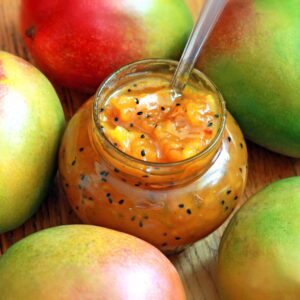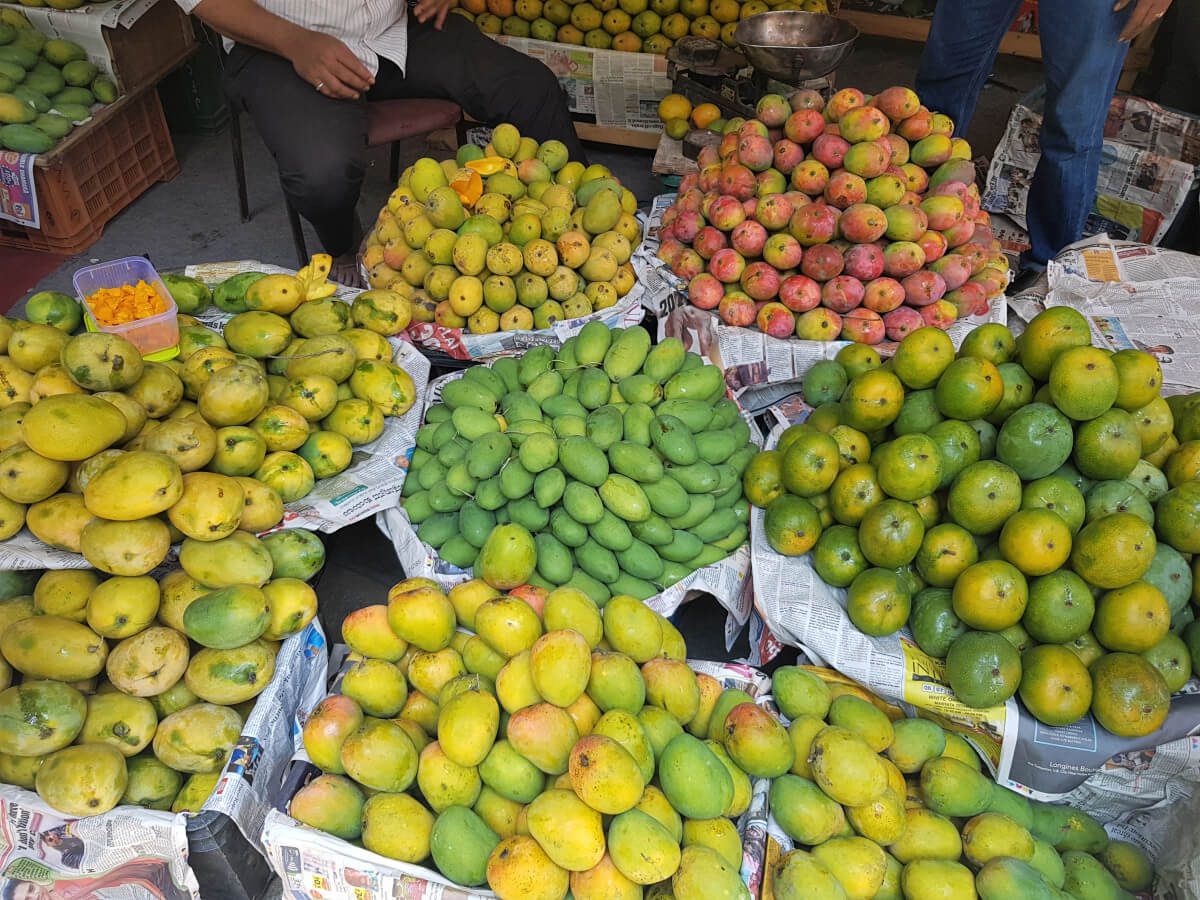Reading Time: 4 minutes
Ruchira tells us that mango is a native of the Indian subcontinent. I travelled to other countries from here. An exclusive for Different Truths.
 Come summer, and the entire subcontinent gears up for welcoming the king of fruits, Mango. From early summer till the onset of monsoon’s fury, the mango season reigns in utmost glory and splendour. This delicious fruit heralds its arrival in a grand fashion. There occurs a sudden eruption of mango buds (mukul in vernaculars) in dozens and scores of trees dotting the countrysides, groves and orchards. A subtle fragrance emanating from these buds hangs heavy in the summer air. Breathtaking indeed!
Come summer, and the entire subcontinent gears up for welcoming the king of fruits, Mango. From early summer till the onset of monsoon’s fury, the mango season reigns in utmost glory and splendour. This delicious fruit heralds its arrival in a grand fashion. There occurs a sudden eruption of mango buds (mukul in vernaculars) in dozens and scores of trees dotting the countrysides, groves and orchards. A subtle fragrance emanating from these buds hangs heavy in the summer air. Breathtaking indeed!
Researches reveal that mango is a native of the Indian subcontinent. Evidence of its existence and widespread use were traced to several centuries before Christ. Much later, around 400–500 BC, thanks to the enthusiasm of explorers and adventurers, mango travelled across South and East Asia, in the process gaining firm footholds as well as popularity in several countries.
Researches reveal that mango is a native of the Indian subcontinent. Evidence of its existence and widespread use were traced to several centuries before Christ. Much later, around 400–500 BC, thanks to the enthusiasm of explorers and adventurers, mango travelled across South and East Asia, in the process gaining firm footholds as well as popularity in several countries. During the 15th and 16thcenturies AD, mango reached the Philippines, Eastern Africa, and still later, Brazil, in South America.
As of now, mango in its myriad varieties grows profusely (it is also cultivated) in frost-free tropical and subtropical climates. From Mexico to Florida, the Caribbean, onward to major chunks in Africa; closer home in China, South Korea, Pakistan, Bangladesh, mangoes are to be found everywhere.
Even at a cursory glance, a mango appeals to the senses. The smooth slick soft-to-touch skin, the motley hues –– pale green a tinge of pale yellow, rich golden yellow, some with magenta blobs, a sizeable number of them cool green from top to tip — are pleasing.
Even at a cursory glance, a mango appeals to the senses. The smooth slick soft-to-touch skin, the motley hues — pale green a tinge of pale yellow, rich golden yellow, some with magenta blobs, a sizeable number of them cool green from top to tip — are pleasing. Moreover, the distinct resinous, sweet smell exuded by ripe mangoes is powerful enough to tingle your olfactory nerves.
Infinite are the uses of this versatile fruit as all of us are aware. In fact, it surpasses nearly all other fruits in the manner in which it is consumed. Raw, ripe, dried or pickled, mango is always ready to be eaten for those who have a tongue for it.
For starts, green raw mangoes are used alongside musur (red/pink lentils) to prepare the fabled tawker daal of the Bengalis. You have the ubiquitous Mango shake highly popular across the northern parts of the country. Who doesn’t know of Aam Panna another delightful chiller that uses roasted raw mangoes and an assortment of spices?
For starts, green raw mangoes are used alongside musur (red/pink lentils) to  prepare the fabled tawker daal of the Bengalis. You have the ubiquitous Mango shake highly popular across the northern parts of the country. Who doesn’t know of Aam Panna another delightful chiller that uses roasted raw mangoes and an assortment of spices? Ripe mangoes are a sine qua non for ice creams (be it homemade or commercial). My childhood and teenage memories are inextricably linked with mango and milk popsicles, which our parents would buy for us siblings every summer. I am not sure if they still exist, for I have long since, given up eating ice creams. But they still linger on in my memory. We, mom and daughter, freak out on the delicious mango jam widely available in the markets.
prepare the fabled tawker daal of the Bengalis. You have the ubiquitous Mango shake highly popular across the northern parts of the country. Who doesn’t know of Aam Panna another delightful chiller that uses roasted raw mangoes and an assortment of spices? Ripe mangoes are a sine qua non for ice creams (be it homemade or commercial). My childhood and teenage memories are inextricably linked with mango and milk popsicles, which our parents would buy for us siblings every summer. I am not sure if they still exist, for I have long since, given up eating ice creams. But they still linger on in my memory. We, mom and daughter, freak out on the delicious mango jam widely available in the markets.
Continuing in a personal vein, when I lived at home with my parents decades ago, one of our regular summer breakfast recipes used to be aam Dudh kawla diye mudi makha, a hotchpotch of luscious mangoes, ripe bananas, a few spoonfuls of milk (the creamier the better) and sugar as per individual taste. Trust me, the dish is light on your tummy yet powerful enough to keep your hunger pangs at bay for several hours.
Pickled mangoes go by the name aamba lonche in Gujarat-Maharashtra region, aam ka achar in Hindi speaking belts and aavakaaya in Andhra Pradesh. Another of my perennial favourites happens to be the Gujarati chhunda, a spicy-sweet and sour viscous pickle made out of grated mangoes.
Pickled mangoes go by the name aamba lonche in Gujarat-Maharashtra region, aam ka achar in Hindi speaking belts and aavakaaya in Andhra Pradesh. Another of my perennial favourites happens to be the Gujarati chhunda, a spicy-sweet and sour viscous pickle made out of grated mangoes. While I was still a kid, the wife of a Gujarati family friend introduced me to it. Till this day, I remain grateful to her. Chhunda is a perfect accompaniment for spongy yummy dhoklas. Definitely worth a try.
A few more mango products deserve mention. Sundried raw mango slices are used as condiments; their powdered version namely amchoor is an important spice. The dried pulp of ripe mangoes known colloquially as aam papad/mango bar or aam sattva is popular as snacks. Bengalis have devised a dessert using the latter: creamy milk, slabs of aam sattva, ripe bananas combined with a Sandesh or two, and the outcome is divine!
Coming to eating whole ripe mangoes there is a huge range to pick and choose from: Langda, Dasehri, Chaunsa, Totapuri, Himsagar, Malda (native of Malda West Bengal) Bada’mi, Andhra Pradesh’s Banganpalle (Begunpuli for Bongs). However, the most iconic variety of them all, the flagship of India’s agro products is Alphonso named after Alfonso de Albuquerque, the mighty general who carved and moulded the destiny of Goa, the erstwhile Portuguese colony, in India.
Photo from the Internet














